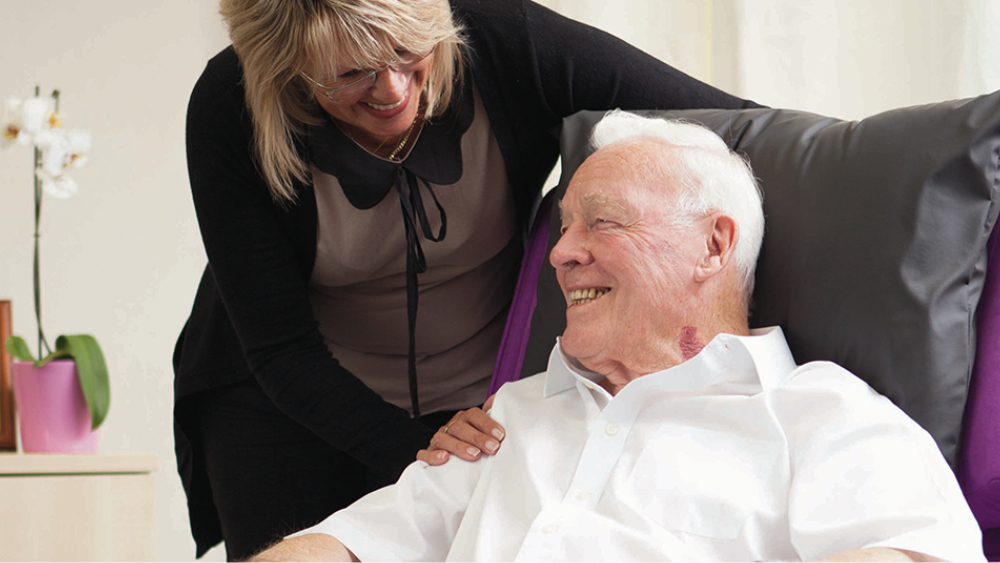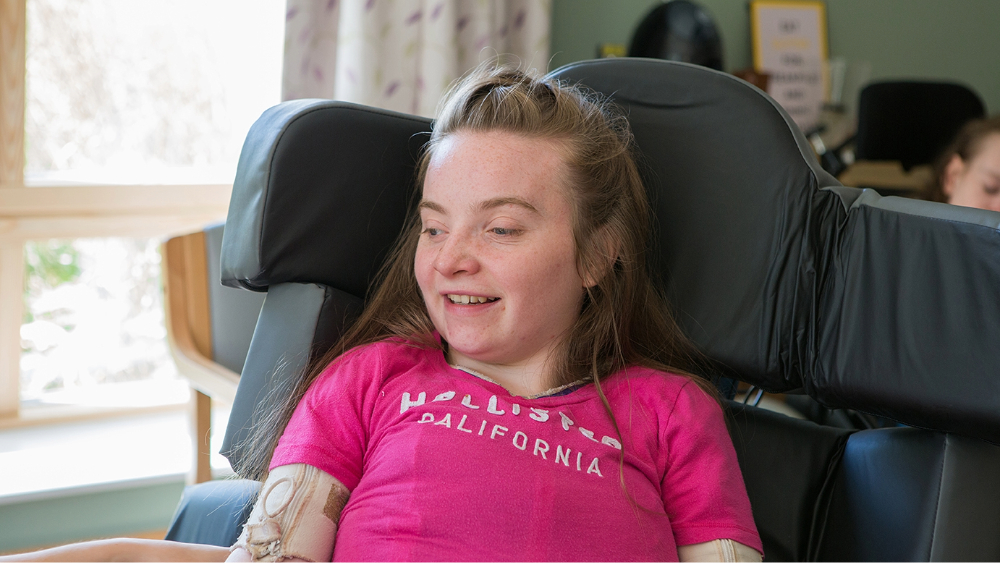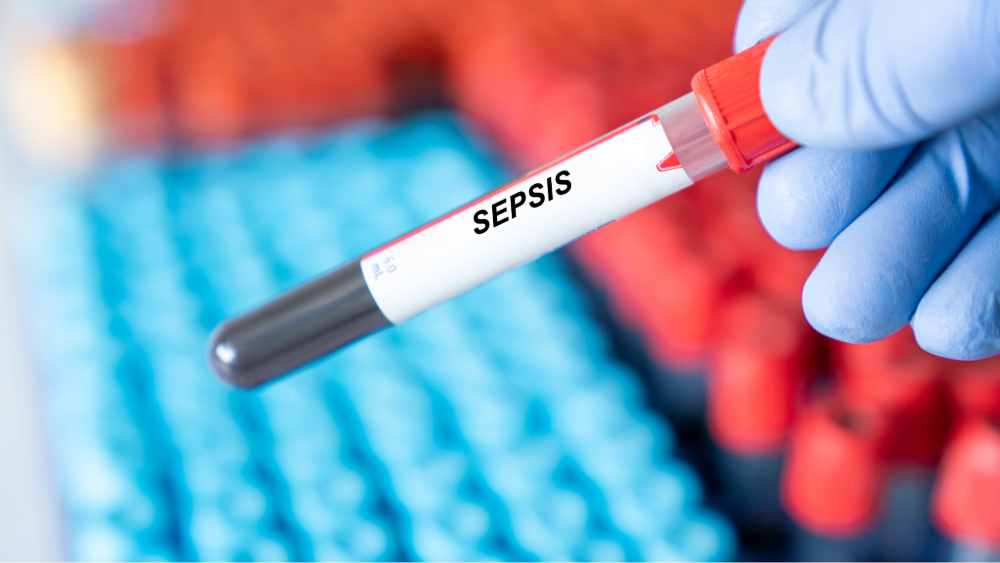Why is falls prevention critical?
Falls can be devastating for the individual and the wider health and social care system. The human cost includes distress, injury, loss of confidence, and increased morbidity and mortality.1
Sliding down the chair is associated with shear and friction forces and can increase the risk of pressure injury. A lack of ability to maintain an upright sitting position can also be associated with impaired physiological function and an increased risk of ill health.
Research suggests that staying active can not only improve an individual’s health but also their cognition, confidence and mood2. Therefore, preventing injury due to falls and promoting confidence with movement is critical to the quality of life.
Postural considerations
One of the key reasons an individual, especially an older person or someone with neurological impairment, slides down or falls from a chair is due to an inadequate seating assessment and prescription.
A comprehensive, holistic approach to postural care is essential for appropriate equipment provision.
An individual at risk of falls may present with the following postural challenges, either due to age, illness, disease, or disability:
- Reduced postural control and stability can result in sliding down or out of the chair. This can present as a posterior pelvic tilt (sacral sitting) with an associated increased thoracic kyphosis.
- Generalised weakness from frailty, immobility and/or deconditioning.
- Muscle tonal changes and abnormal movement patterns can result in difficulty staying secure in the chair.
- Impacted balance (vestibular system) and other sensory impairments (proprioceptive and visual).
- Individuals with long-term conditions, such as orthopaedic or neuromuscular diagnoses, may have the added challenge of polypharmacy.
The presence of these postural challenges can also increase the risk of falls during transfers. A particular risk associated with dementia, intellectual disabilities, and Huntington’s disease, where a memory problem or cognitive impairment is present, includes an individual attempting to stand and mobilise but not having the physical ability to do so safely. Therefore, it is important to consider how an individual can safely transfer to and from the chair as part of their care plan.
Seating solutions
Specialist seating is a vital element of an individual’s 24-hour postural care. Individuals at risk of falls are also likely to be less active, thus, spending prolonged periods of time in seated postures. Their seating provision will ultimately dictate their health, well-being, and quality of life.
- The basics of chair set-up must be addressed with the dimensions adjusted to the individual user, especially seat depth and seat width, to promote postural stability. This can also support the management of abnormal movement patterns.
- The pelvis is the foundation for optimum seated posture as it dictates what happens to the body segments above and below. The pelvis must be stable and supported in all planes of movement. A contoured cushion or ramped base may be indicated as a less restrictive option.
- Tilt-in-space* can further promote pelvic stability, which can help reduce sliding or falling from the chair as the pelvis is supported securely at the back of the chair. This is especially important for people with poor postural control; providing them with the necessary stability can enhance their feelings of safety, subsequently reducing their fear of sitting out.
- Trunk support to encourage an upright midline position, such as a contoured or multi-adjustable back and head support, may be indicated for those with generalised weakness and fatigue. Energy management strategies, such as tilt-in-space for a period of rest and recuperation, can also help.
- The feet should be adequately supported also to promote postural stability, enhance feelings of security, and help keep the user in the chair, as we naturally seek proprioceptive feedback.
- The critical angles for sitting must be considered – knee range of movement will dictate leg rest angle and tolerance, and hip range of movement will dictate the need for back angle recline*.
- Reduced range of movement at the knees may need to be accommodated with a negative angle leg rest and/or appropriate use of leg rest elevation* to ensure the user isn’t ‘pulled’ into sacral sitting.
- Lap belts and positioning aids*, when all other solutions have been trialled, can offer security and safety during portering and for maintaining optimum positioning in the chair, especially for those with significant and severe involuntary movements – risk assessment is essential.
When relying on family, carers, and support staff, we must aim to reduce carer dependency and effort to ensure compliance with equipment, especially during moving and handling:
- The seating prescription must be compatible with the individual’s mode of transfer.
- Seat height and foot placement should encourage a safe sit-to-stand; a negative angle leg rest and/or flip-up footplate can support this.
- Removable arms may be indicated for those who complete side transfers.
- Chair set-up must also assist hoist transfers and aid sling fitting/removal; tilt-in-space* can support this by utilising gravity to bring the pelvis down into the back of the chair.
Remember, the success of specialist seating will only be as good as the positioning within the chair and the ongoing safe and appropriate use of chair functions and accessories. Both the individual’s and their support network’s competence and confidence in following the care plan should be considered. Careful handover and specific training around chair utilisation may be indicated.
How can CareFlex help?
CareFlex specialist seating has been designed and engineered with the key seating principles in mind: comfort, postural care, pressure management, independence, safety and well-being.
With flexibility, intuitive adjustments, and various functions and accessories, the most appropriate solution can be determined for the individual user in all domestic, health, and care environments.
Please contact us if you or someone you know is at risk or has experienced a fall and would like to learn more about how we can help. We offer a free no-obligation seating assessment to consider the individual’s holistic needs and support network.
*Disclaimers:
- Tilt-in-Space, Back Angle Recline and Leg Rest Elevation should always be prescribed responsibly, ensuring that they are safe and appropriate for the user following a comprehensive assessment of posture and risk, with advice sought from the multi-disciplinary team where indicated. In some cases, these functions will be contra-indicated and could also increase shear and friction forces.
- All belts and harnesses must be prescribed, implemented, and monitored responsibly following a comprehensive risk assessment. Please see the device safety information alert for further information: www.gov.uk/drug-device-alerts/all-posture-or-safety-belts-fitted-to-supportive-seatingwheelchairs-hoists-and-bathroom-equipment-risk-of-serious-injury-or-death
References
1.Office for Health Improvement and Disparities (2022) Falls: applying All Our Health Available from: Falls: applying All Our Health – GOV.UK (www.gov.uk)
2.Alzheimer’s Society (2022) Benefits of exercise and physical activity Available from: https://www.alzheimers.org.uk/get-support/daily-living/exercise/benefits



